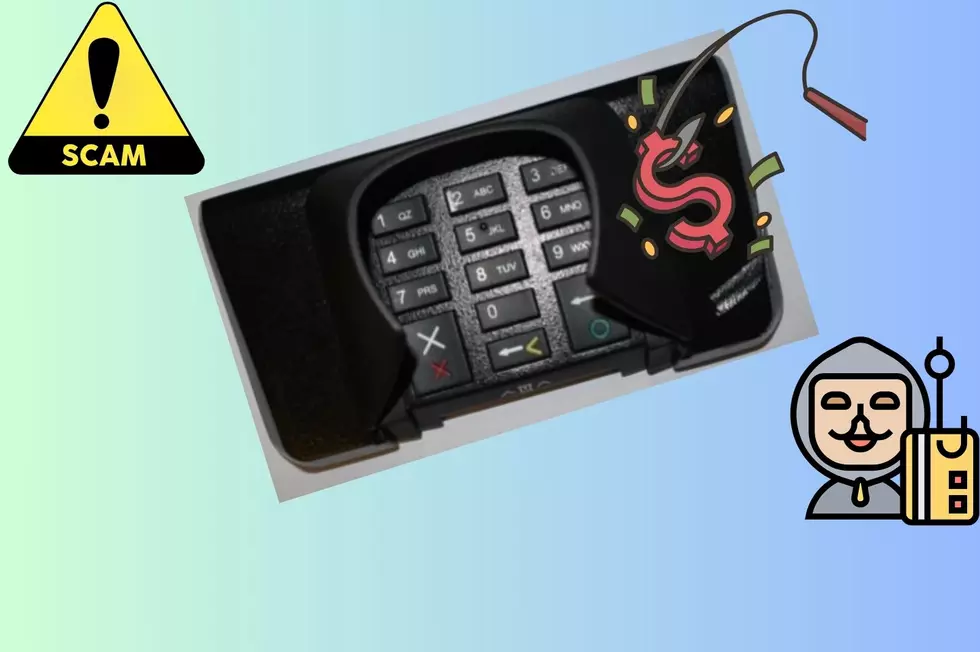
September Birthstone
Sapphire has held a special place in the hearts and minds of mankind ever since the first pebbles of this lovely blue corundum were found in Indian and Asian rivers centuries ago. Though sapphire grows in the ground like most gemstones, it is often washed down into riverbeds, called alluvial deposits, where its bright blue colors would easily catch the eye of ancient treasure hunters.
Blue sapphire was valued by ancient Hindu mystics as the key to developing wisdom and spiritual progress. By Roman times, blue sapphires were used as beads, ring stones, carved intaglios and pendant stones, because they were said to attract divine favor to their owners.
All through the Middle Ages, sapphires were alleged to bring a great destiny to their wearers, and were often used in court and royal jewelry. Alchemists believed that blue sapphires would help them develop clairvoyance, telepathy and divine wisdom.
Today blue sapphire is the September birthstone, the fifth and 45th wedding anniversary gem, and the zodiac gem for Virgo. It has become one of the world's most popular gems.
Sapphire comes in a wide range of blues, varying from very light blue to a deep blue that is almost black. The very finest sapphires are a velvet, slightly violetish medium to medium dark blue, often called Kashmir blue, after its original location in India. When pricing sapphires, medium blues are usually the most expensive.
One of the most exciting recent developments is the entry of fancy colored sapphires into the jewelry realm. Fancy colored sapphires are those colors of corundum that are not considered ruby or blue sapphire. They can come in green, violet, purple, yellow, gold, pink, light orange, and the famous pinkish-orange color known as Padparadscha, named for the Hindu word 'lotus.' Many are affordable and available in large quantities.
To improve a sapphire's color and clarity, it is often subjected to controlled heating. This is a permanent enhancement that is well accepted by jewelers. Sapphire is second only to diamond in hardness, which made them difficult to facet until modern cutting technology was developed. Cut stones are available in sizes up to 10 carats, with one to five carat gems most common.
Sapphire is remarkably tough and safe in most types of cleaning. However, it should be given the same care as any other precious gem to avoid scratching. Most damage to sapphires occurs from rubbing them against another sapphire or diamond, careless handling and hard knocks directly to the stones.
With the magnificent range of sapphire colors available at all price levels today, sapphire is not just the gem of wisdom, it's a wise buy as well.
Information from Jewelers of America
More From WNBF News Radio 1290 AM & 92.1 FM





